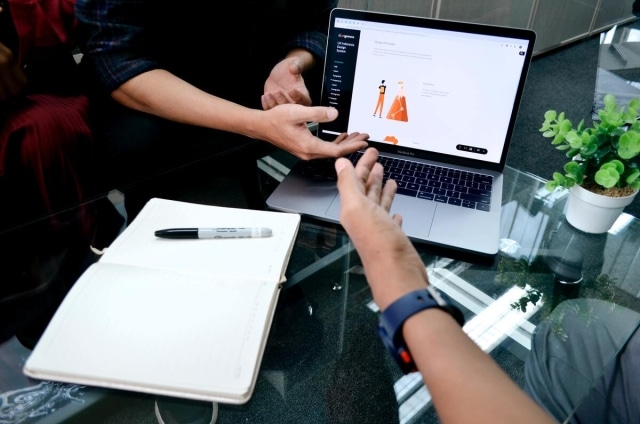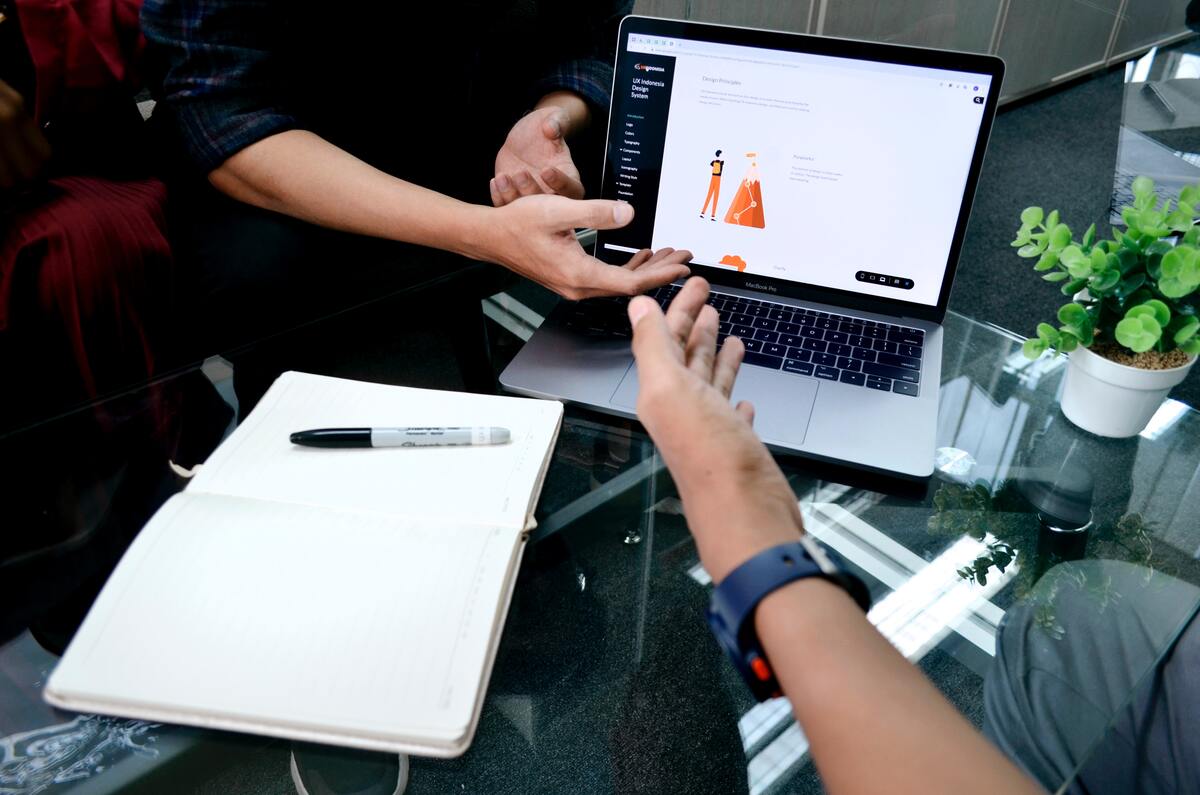People Analytics in a Time of Uncertainty

15/12/2023
To say these are uncertain times would be an understatement. We’re living through a global public health emergency that’s resulting in a massive economic demand shock. However, there are ways to make sense of the uncertainty.


People analytics helps us understand evolving sentiment and preferences in a variety of business contexts, and truly, its time has come. For the past four years, Mercer’s Global Talent Trends has tracked how organizations leverage analytics to understand human behavior. As recently as late 2016, only 10% of organizations were using predictive analytics to inform their people-related decision-making. The 2020 report shows that as of late 2019, that number is now 39%. Furthermore, 61% of executives say using people analytics to inform decisions is the number-one human resources trend that has already delivered impact.
So where do we go from here, especially during the current uncertainty? In our conversations with clients, three themes clearly emerge:
1. People analytics is about people
Companies are facing the challenge of balancing two outcomes. On one hand, they need to preserve themselves to be able to return to business in the future. On the other, their employees are facing well-being challenges and the risk of losing earnings (and in places like the US, losing access to affordable healthcare). In contrast to the financial crisis of 2008, this time, organizations are taking the human impact of decision-making into account.
We define predictive analytics as the use of current and historical data and modeling to make determinations about known or unknown future events. This includes the use of data mining, statistical analysis, and machine learning. Here are some of the questions we use in predictive analytics:
- If we spend 30% more on learning, how much faster could we grow?
- If we use contingent talent, what impact will we see on business results?
- Will a 10% increase in variable pay mostly impact retention?
One of our heavy industry clients could have easily required its employees to keep coming in as if nothing has changed given its essential-business designation. However, employee pulse surveys had highlighted its people’s worries about their health, and the client worked hard to address their concerns by digitizing processes to minimize transmission risk at its factories. Another client in financial services (also an essential business) introduced premium pay in response to concerns of branch office employees who needed to come in to serve customers.
Even though they could have continued to work largely as they had – with the addition of temperature checks and personal protective equipment like gloves and masks – both of these clients took a few similar actions. First, they listened to their employees. Second, they continued to listen to them as the coronavirus health emergency unfolded. Third, and most important, they didn’t assume they knew what was best and responded to their employees’ needs even as they addressed the need to continue business. People analytics isn’t just complex predictive models. It’s about how the decisions we make affect people, and listening goes a long way.

2. Forget what you think you know about your workforce
Not assuming you know what’s best is crucial to this second theme. When faced with a series of overwhelming challenges in a crisis, it’s best to consult experts on where to focus – and those experts are your employees. Global data on the business response to COVID-19 collected by Mercer in May shows that 91% of companies estimated COVID-19 has had at least a moderate impact on workforce productivity, but just 39% have conducted internal surveys, interviews, or focus groups to better understand what employees are thinking and feeling. We’re seeing companies shift from annual employee engagement surveys to more frequent and empathetic employee listening programs.
What matters in this moment is not standard year-to-year trend but week-to-week differences as daily life and organizational priorities swiftly evolve. Designing questions around hot-button issues for employees will help gather key information to get through the crisis with everyone on board. Our research shows that common topics include pay cuts and layoffs, physical and mental health risks, remaining balanced, and working remotely. We recommend using employee-sensing tools designed to fit the way your employees are most comfortable responding.
Would your employees want to share their opinions in online focus groups? Do you have an ongoing pulse survey to which you can add COVID-19 items? In mid-March, we conducted a virtual focus group of employees across the US and learned that changing work culture and reduced cross-functional collaboration were front of mind. Many employees worried that coworkers unprepared for remote work might become disconnected. Finding out whether this is the case for your organization will be vital to long-term success.
3. Focus on the future
To prepare for success after the crisis subsides, we need to learn from the lessons of today and use them to inform our actions tomorrow. COVID-19 has shown us that companies are capable of flipping normal operating procedures on their head. In the coming months, companies can try to return to how things were before – or they can use the rich amount of data from the crisis to become more resilient and efficient.
A majority of our clients now have at least some employees working from home. This social and technological adjustment period has presented challenges for employees managing a new way of working, and for managers leading their virtual teams. Prior to the emergence of COVID-19, we saw that when managers email outside of work hours, employees feel pressure to respond and work more than usual. A similar pattern may be occurring now, as many work off hours out of necessity to balance needs at home. You can start identifying opportunity areas for change by asking how the current way of working compares to before and whether such a change is largely positive or negative.
Within this question, we look to not only what has changed but also employee reactions to that change. For example, we can examine connectedness through social network analyses. Are teams more or less collaborative? What’s the impact of email traffic on working hours? Are some teams more isolated than others and in need of more ways to share knowledge? We certainly also need to examine broad organizational factors that may be contributing to current trends. For example, were remote work expectations clearly communicated? During and after this crisis, more thoughtful and precise examination of how we work is critical to continued success.
In the context of the public health emergency and resulting economic demand shock, people analytics presents the opportunity to approach the crisis with empathy. Thoughtful use of data can help inform strategies customized to your workforce. We have tools to understand how employees are doing, what’s working well, what isn’t, and what employees’ current needs are. Leading with empathy is only possible when focusing on the people element of people analytics. When determining where to focus company efforts, give employees a voice in their collective future through employee listening tools.
By addressing the needs and concerns of employees, companies send a strong message that they care. Companies can create robust strategies to protect workers from the impact today and prepare for success tomorrow. In this time of immense upheaval, we have the opportunity to grow, to innovate, and to become more resilient by learning from the differences between work life before and after COVID-19.
Source: Mercer

Solve your HR problems!
6th Floor, Star Building, 33 Mac Dinh Chi, District 1, Ho Chi Minh City, Vietnam

